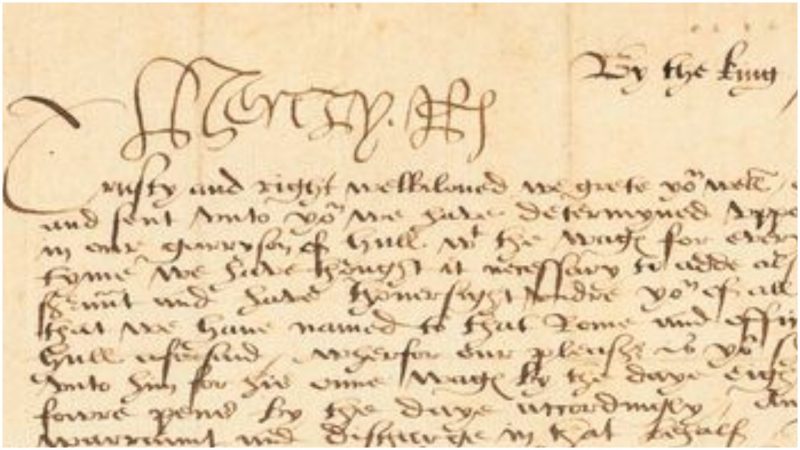A letter from King Henry VIII appointing a master gunner to the royal garrison in Hull, believed to have been written in 1541, was auctioned for $25,000 (£20,000).
The note is signed “Henry R” and bears the remains of a wax seal. It was sent to Sir Richard Long and Michael Stanhope, the commanders of the city’s military base.
The King asked that the gunner, Thomas King, be paid wages of eight pence a day, with four pence for his assistant.
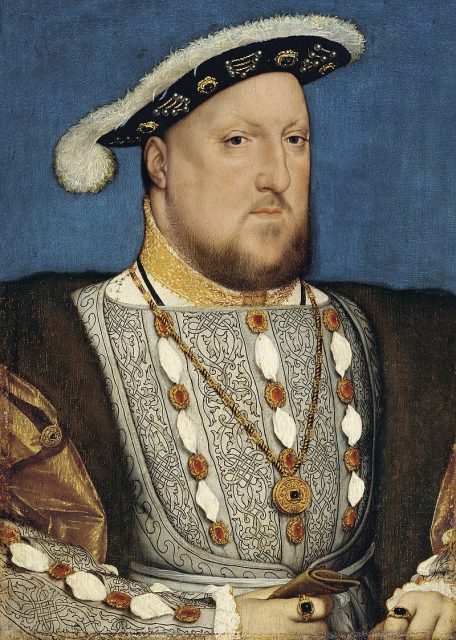
Henry VIII traveled to the north of England in 1541 with his fifth wife, Catherine Howard. One of his goals was to meet James V of Scotland, the son of his older sister, Margaret. James V did not show up, however.
Henry visited Hull as part of this royal progress. The auctioneers said: “Henry visited Hull in August and September 1541 and made extensive orders for its fortification and garrisoning over the following months, perhaps in preparation for his attack on Scotland later in 1542.”
There were other tensions to be dealt with besides Scotland.
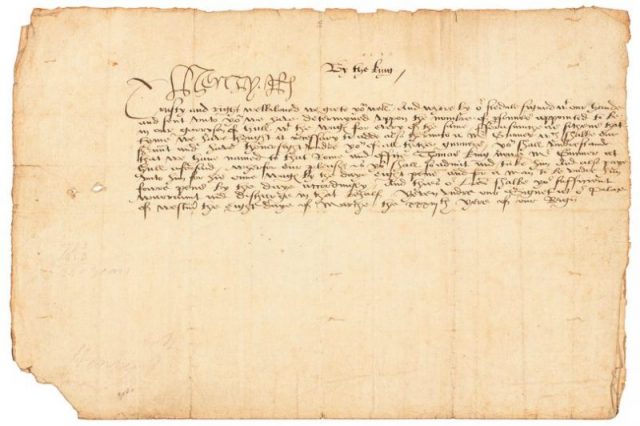
In mid-September 1541 Henry VIII, his wife, and his courtiers entered the city of York. There the mayor, aldermen, and other leaders begged for forgiveness from Henry VIII for their participation in an earlier religious rebellion called the Pilgrimage of Grace.
The Pilgrimage of Grace was a widespread rebellion across the north prompted by distress over Henry VIII’s break with the Catholic Church and his Dissolution of the Monasteries. The king ransacked the abbeys, and the monks, nuns, and friars were rendered homeless.

The disruption to the kingdom was made stark in an archaeological dig conducted at Hull. According to the BBC, “archaeologists at the Hull excavation found stones taken from destroyed monasteries which were reused in some of the walls at the fort.”
Henry VIII had ordered that Hull’s defenses be strengthened. A stone block house was built in 1541 at a cost of more than £20,000 to house guns and to protect the gunners and ammunition.
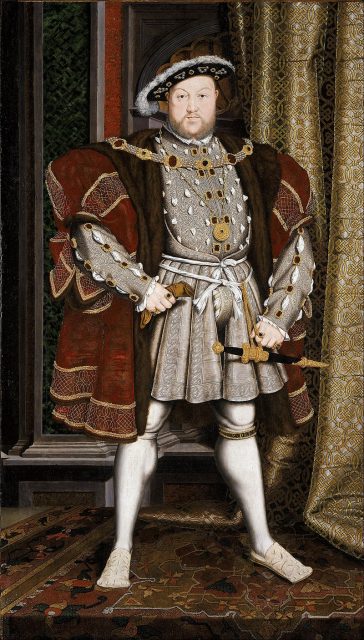
It was part of a system of three forts linked by a curtain wall intended to protect the city and its port.
The fact that Henry VIII was personally ordering payments for people in this letter also bears testament to the King personally overseeing many matters in his country after the execution of Thomas Cromwell in July 1540. For a number of years before his arrest for treason, Cromwell administered the business of England for Henry.
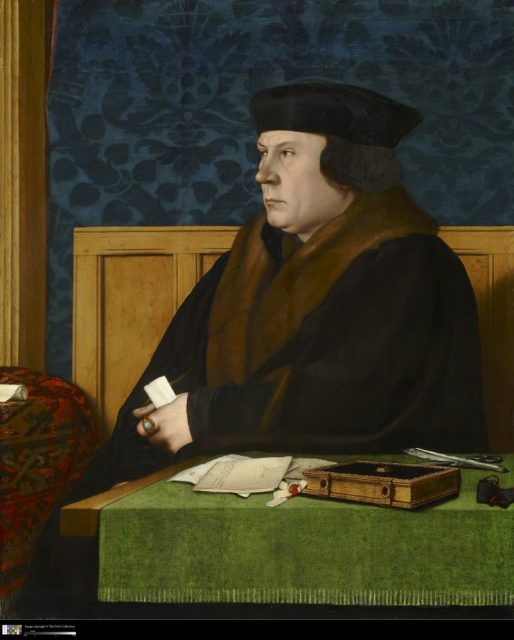
Cromwell was executed the same day that Henry VIII married Catherine Howard, who was perhaps 17 years old. But while Henry was able to control the payment of the gunner for the Hull fortifications, it turned out he could not control his young wife.
While Queen Catherine accompanied Henry VIII on his progress through the north, she was secretly meeting with a young courtier named Thomas Culpepper.
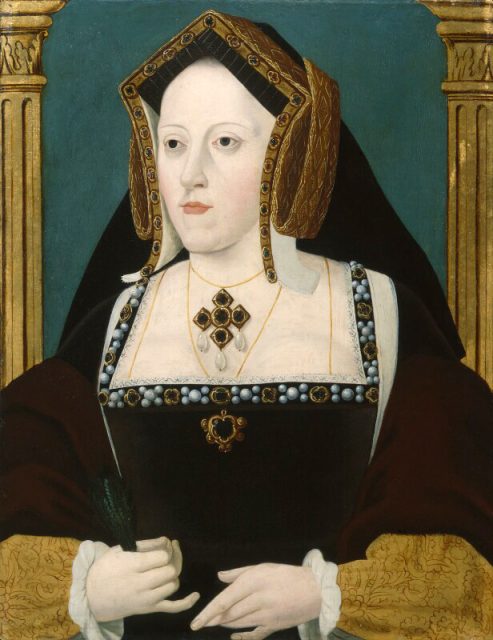
When the royal couple returned to England, Henry was given a letter by the Archbishop of Canterbury saying that his wife had had a “dissolute” life before marrying him.
His beautiful young queen was eventually arrested for adultery, as were Culpepper and a man she had a relationship with before becoming queen, Francis Dereham.
Henry VIII wept when told of the reports of his wife’s infidelity. He did not grant her mercy, however. She was beheaded on February 13, 1542 at the Tower of London.
That same year, England went to war with Scotland. James V led an army south but he was defeated in the Battle of Solway Moss, even though the Scottish forces outnumbered the English.
Read another story from us: A Closer Look at the Incredibly Bizarre Horned Helmet of Henry VIII
Humiliated, depressed, and ill, James V died on December 14, 1542. He was succeeded by his infant daughter, who became known as Mary, Queen of Scots.
As for Henry VIII, he married one more time — the widow Catherine Parr — before dying in 1547.
Nancy Bilyeau, a former staff editor at Entertainment Weekly, Rolling Stone, and InStyle, has written a trilogy of historical thrillers for Touchstone Books. Her new book, The Blue, is a spy story set in the 18th-century porcelain world. For more information, go to www.nancybilyeau.com
